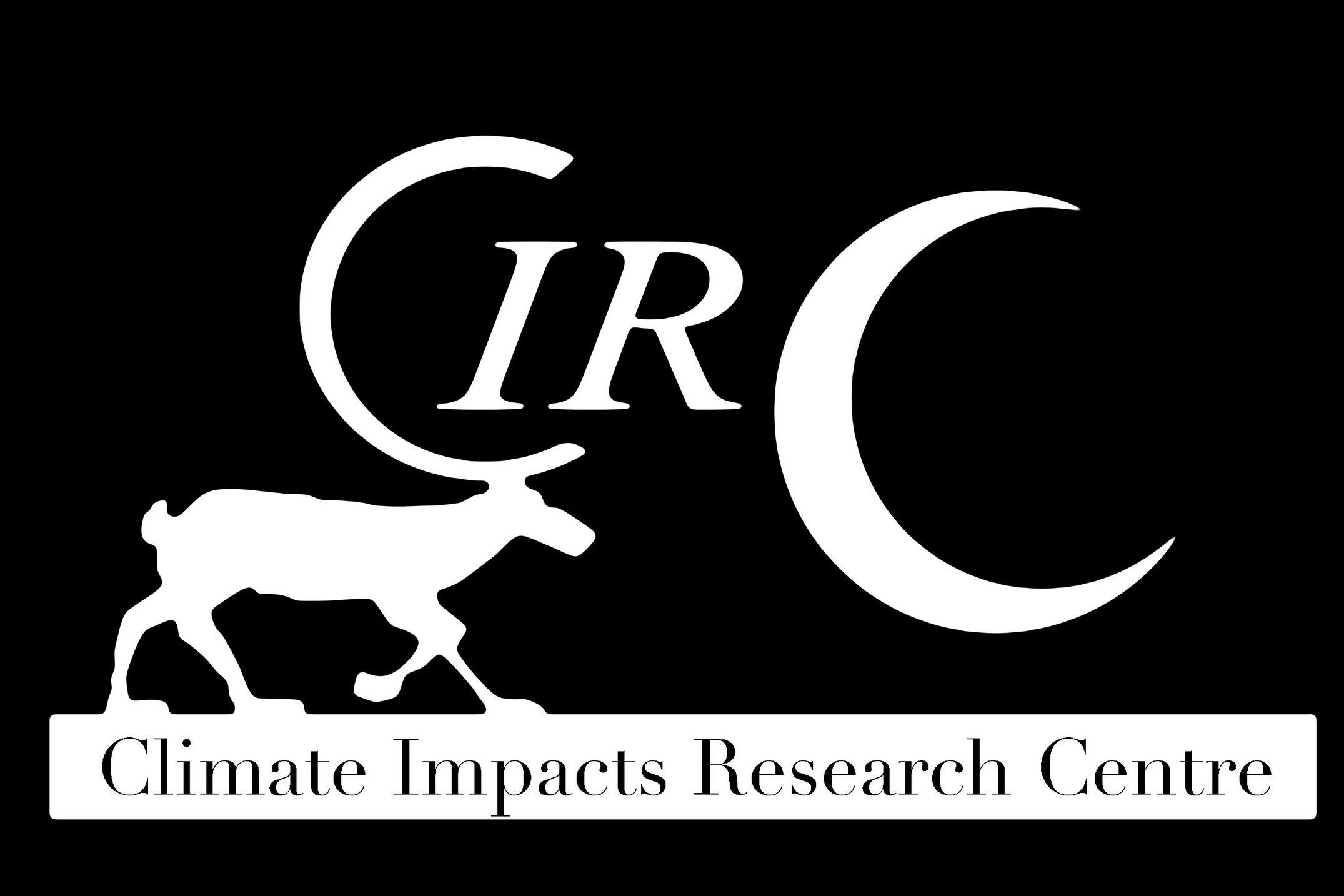CIRC Climate and Environment Policy
Motivation
We need to be leaders, not only in research and education, but also in demonstrating our willingness to take the steps necessary to reduce our impacts on this planet. Our climate and environment policy aims to reduce the greenhouse gas emissions and other environmental impacts of our activities. We recognize that travel and food consumption that take place during our activities are examples of areas where we cannot only reduce our own climate emissions impacts, but also lead and inspire others by embracing realistic alternatives towards a sustainable future. Further, in much of our research and education activities there is room for us to reduce consumption and make smart decisions about the use of equipment, chemicals, and other supplies. We are committed to creating a healthy and sustainable working environment. This policy will change as opportunities to improve our activities become evident.
Transportation
For meetings always first consider videoconferencing. We encourage teleconferencing and provide modern facilities for online meetings at the Abisko Scientific Research Station (ANS) and Umeå University (UmU). Travelling to Abisko by train from southern Sweden is convenient and should be the first choice for travel. There are bicycles and cars for local transport and fieldwork at ANS. When driving a car between Umeå and Abisko is required for transport of equipment or samples, please use the CIRC email list to reach out to our members to arrange co-transporting people, equipment or samples. All CIRC funded activities should avoid air flights. Restrict longer air travel to transoceanic activities or those that require longer than 24 hours to get there by land-travel. During fieldwork, helicopters are an option for long-distance travel and hauling equipment. Try to choose field sites within walking distance of the research station or road to avoid helicopter or snow mobile use whenever possible. If you must use a helicopter, please contact the operator and ask if your mission can connect to other work contracted to reduce flying times and fuel use.
Food
We should serve vegetarian food at all CIRC funded activities.
Equipment and supplies for research
Much of our research requires the use of field equipment, instruments, and disposables. Whenever possible, strive to share existing equipment between researchers, repair rather than replace equipment, reuse plastic and glassware in labs as much as possible, and order absolutely only what is needed. Always put leftover materials such as Nalgene bottles, plot markers, and pipette tips into our “common use” storage at ANS for others to use. If you no longer need an instrument or piece of field equipment, please consider adding it to the common pool of resources that CIRC provides to our researchers. Before purchasing replacement equipment try to get it repaired first.
Chemicals
Order only the amounts needed and always consider alternatives, especially for harsh and dangerous chemicals that require special handling for disposal. Make sure that all chemicals are disposed of properly in accordance with UmU, ANS and Swedish Work Place Safety policies. Many of the chemicals we use can lead to serious environmental damage if disposed of improperly. At ANS and the KBC house at UmU there are facilities to handle waste. Please do not dilute and put your chemicals down the drain in Abisko, as the community has a limited capacity for waste-water treatment.
Field sites
When choosing field sites, consider identifying historical and complementary sites where useful data has or is being collected, for example, sites with existing climate stations or measurements of interest. This can reduce the need to purchase additional equipment, enhance our research and reduce impacts on the land. Always consider alternative methods to destructive sampling. When marking plots, consider using temporary markers above-ground during the field season and permanently mark the plots with metal nails in the ground, so that above ground markers can be removed for the remainder of the year. CIRC and ANS have a dGPS with four-centimeter accuracy that can be used to record the position of your plots and a metal detector to help you find the precise location of the metal nails (plot markers). Consider the harshness of the landscape when designing your experiments to, for example, avoid extreme winds blowing away or destroying experimental setups, leading to the spread of research debris across the landscape. Finally, always remove all unnecessary plot markers and study supplies from the field when finished.
Labs, classrooms and offices
Much of our activities take place indoors. Today ANS spends approximately 40% of their operating budget on electricity for lighting, heating, and providing energy to our instruments and equipment. There are many ways for us to reduce energy demands. Consider turning off lights, computers and instruments; unplug unused devices that might still draw power; closing doors; and reducing the heat in the rooms. Process samples that require freezing or refrigeration promptly to reduce the need for freezer and refrigerator space.



